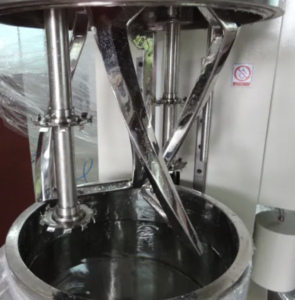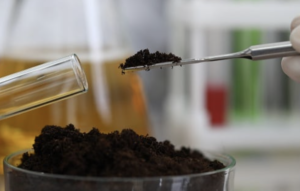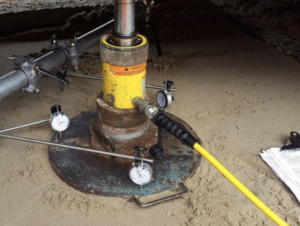Techniques for Capping Concrete Cylinders
Accurate compressive strength testing of concrete cylinders depends heavily on one crucial detail: how the ends of the cylinder are prepared. Without proper capping or surface treatment, the load distribution becomes uneven, leading to skewed results and potential safety risks. This article explores four widely accepted techniques for capping concrete cylinders and how each ensures uniform load application during testing.
Sulfur Capping: A Traditional Method
Sulfur capping is one of the most long-established practices1 for preparing concrete cylinder ends. It involves applying a thin layer of molten sulfur mixed with filler materials2, such as calcium carbonate or silica flour, to create a level, load-bearing surface.
Các tính năng chính:
- Meets ASTM C617 standards
- Cures in minutes, allowing quick testing turnaround
- Suitable for high-throughput labs
| Advantages | Limitations |
|---|---|
| Fast setting time | Requires proper ventilation (fumes) |
| Good surface hardness | Brittle and may crack if mishandled |
| Cost-effective for large batches | Limited shelf life once melted |
This method is best for labs testing large volumes of specimens that need quick capping turnaround with reliable compressive results.
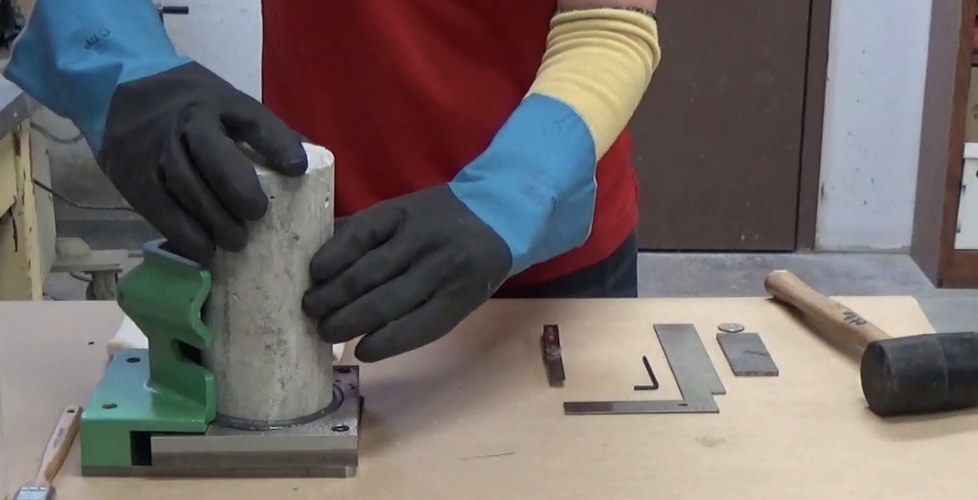
High-Strength Gypsum (Plaster) Capping
Gypsum capping uses a calcium sulfate hemihydrate (plaster)3 compound to prepare the cylinder ends. Though similar in purpose to sulfur capping, gypsum requires more time to set4 and is sensitive to humidity and mixing water.
Ứng dụng:
- Common in teaching labs or low-volume test setups
- Often used when sulfur capping is restricted by safety regulations5
| Advantages | Limitations |
|---|---|
| Safer and easier to handle than sulfur | Slower setting (up to 2 hours) |
| Minimal equipment requirements | Strength varies with water–plaster ratio |
| Lower cost for occasional testing | Susceptible to shrinkage and cracking |
While it doesn’t offer the speed of sulfur, gypsum capping can still deliver ASTM-compliant results when mixed and applied with care.
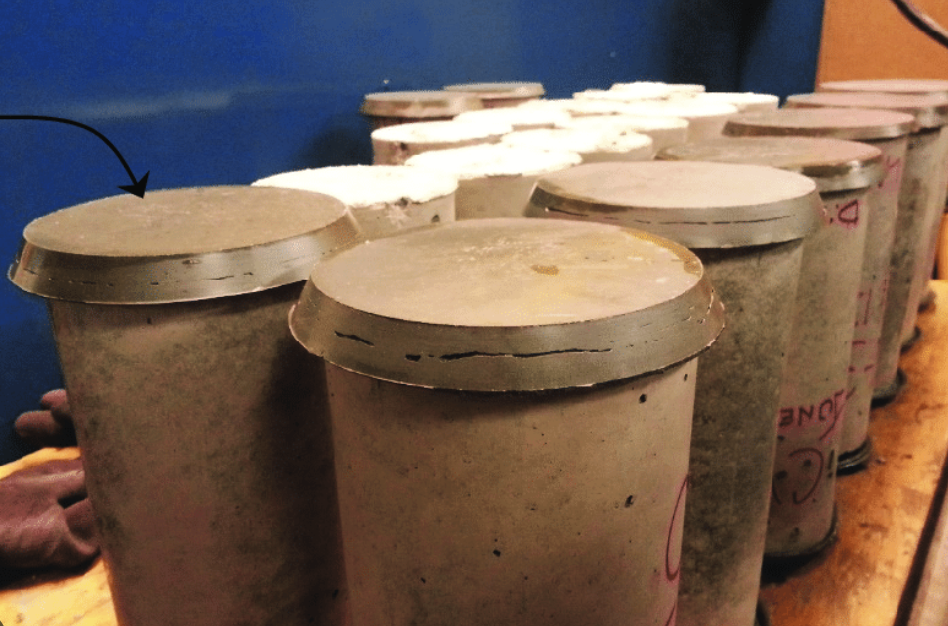
Neoprene Pads with Steel Retainers
For fast, clean, and repeatable testing, many labs are turning to neoprene pads inside steel retainers. These pads deform slightly under load, allowing them to accommodate minor surface irregularities while maintaining uniform stress distribution.
Standard:
- Conforms to ASTM C1231 when using qualified neoprene hardness
| Advantages | Limitations |
|---|---|
| Reusable and no curing time needed | Initial cost of neoprene pads and retainers |
| Excellent for high-volume, repetitive use | Pads must be replaced after a set number of uses |
| Clean and quick setup | May not be suitable for very high-strength mixes |
This method is ideal for modern labs prioritizing efficiency and safety, especially in quality control for ready-mix concrete.
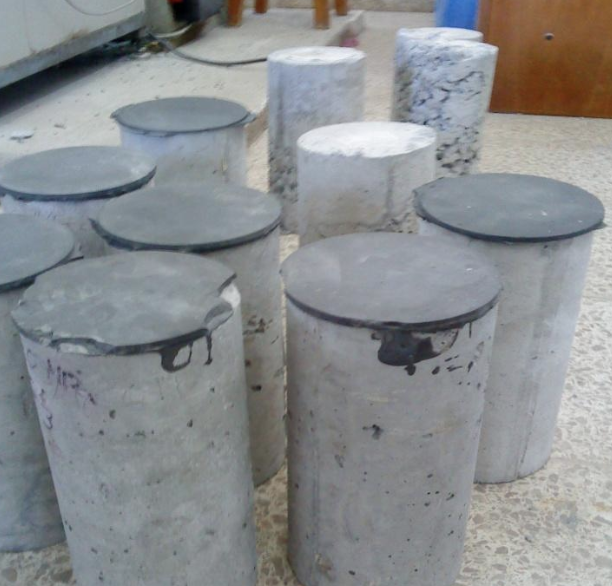
Grinding for Planar Surface Preparation
Grinding is considered the most precise method6 for preparing concrete cylinder ends, especially when testing high-strength concrete7 (above 80 MPa or 11,600 psi). A specialized grinder smooths both ends of the specimen to near-perfect planarity.
Why Choose Grinding?
- Best for research labs and critical testing applications
- Eliminates variables introduced by capping materials
| Advantages | Limitations |
|---|---|
| High precision, meets ASTM C39 requirements | Requires dedicated grinding equipment |
| No capping materials needed | Time-consuming for large batches |
| Ideal for high-strength or low-tolerance work | Operator training and maintenance required |
Though costly and labor-intensive, grinding provides the highest accuracy and is often required in structural engineering research and forensic investigations.
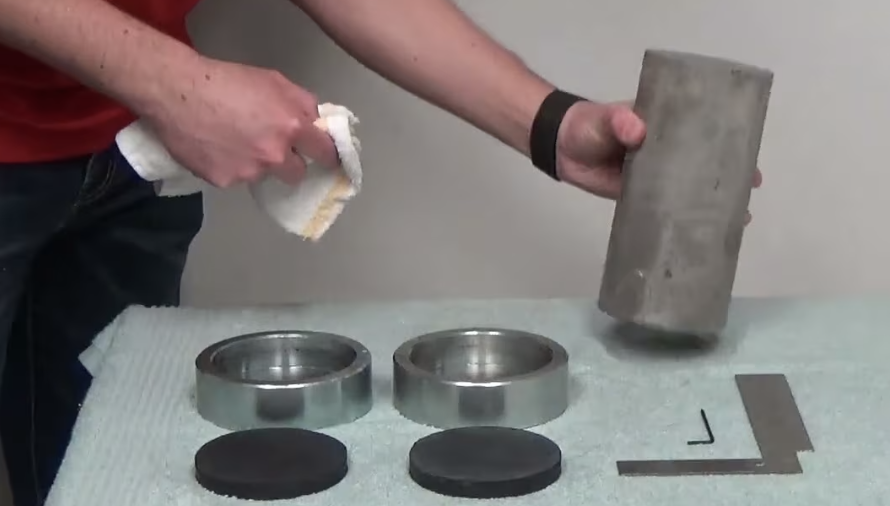
Phần kết luận
Choosing the right capping method depends on your testing goals, material strength, budget, and testing volume. From traditional sulfur caps to modern neoprene systems and precision grinding, each technique plays a vital role in ensuring that compressive strength values reflect true concrete behavior—not testing errors. In the end, well-prepared specimens lead to better data—and better structures.
-
Understanding these practices can enhance your knowledge of concrete preparation and improve testing accuracy. ↩
-
Exploring this topic can provide insights into the benefits and applications of sulfur in concrete, enhancing your expertise. ↩
-
Explore this link to understand the properties and applications of calcium sulfate hemihydrate, a key component in gypsum capping. ↩
-
Discover the reasons behind the longer setting time of gypsum capping, which is crucial for proper application in various settings. ↩
-
Learn about the safety regulations that impact the use of sulfur capping, ensuring compliance and safety in laboratory environments. ↩
-
Discover why grinding is the top choice for precision in concrete testing and its advantages over other methods. ↩
-
Learn about high-strength concrete, its properties, and why it’s essential in modern construction. ↩



